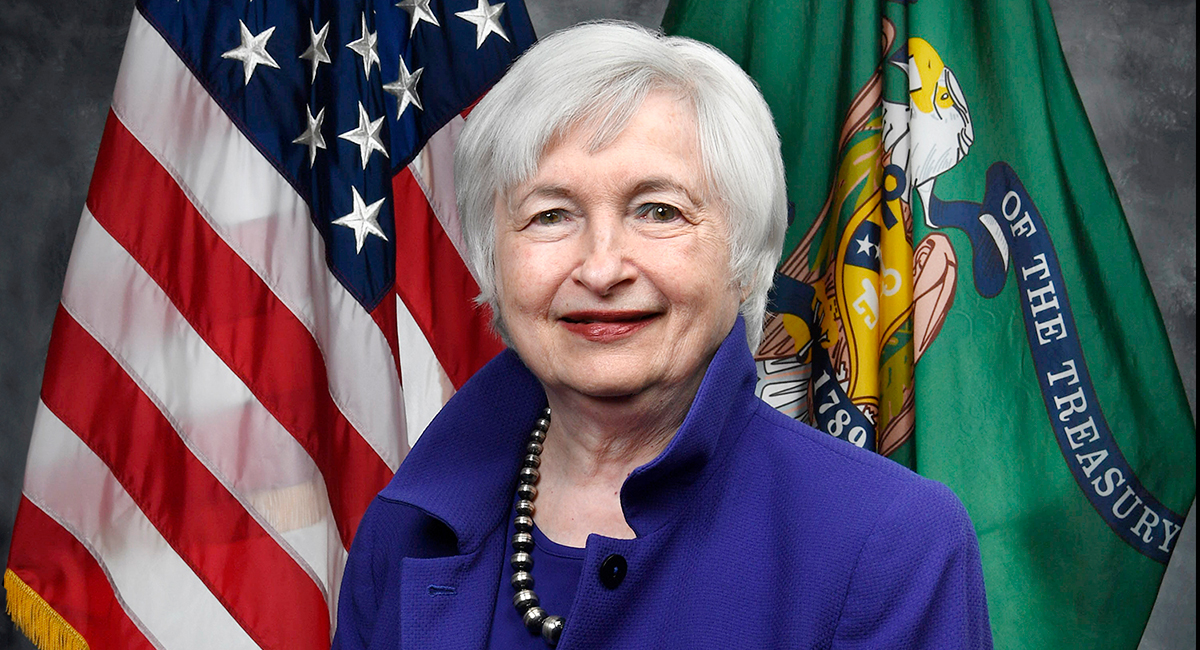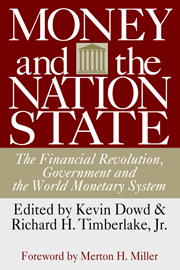The debt-ceiling charade is upon us again. The U.S. will hit its debt ceiling on Thursday. Treasury secretary Janet Yellen warns us that without increasing it by June, the U.S. will not have sufficient funds to pay its bills.
Meanwhile, House speaker Kevin McCarthy and his Republican colleagues float the idea of debt prioritization, instructing the Treasury to first prioritize debt-service payments, then Social Security, Medicare, and veterans’ benefits, and finally military funding. These budgetary gimmicks were also floated during the debt-ceiling standoff in 2011 and 2013 but were never enacted. It is safe to say that neither party wants a government shutdown such as that in 2013, 2018, and 2019. What can be done?
U.S. debt has increased more rapidly than national income for more than half a century, creating what is often termed “debt fatigue.” The Congressional Budget Office reports that federal debt held by the public as a share of GDP increased to 98 percent in 2022 and is projected to increase to 185 percent by 2052, implying that Americans’ debt fatigue will only worsen. The fiscal rules enacted by Congress to constrain debt have clearly failed, and the federal government has virtually abandoned any semblance of a rules-based fiscal policy. Indeed, the debt ceiling has been routinely lifted or suspended, and the spending caps imposed by the 2011 Budget Control Act have been largely flaunted and were allowed to expire in 2022.
Switzerland stands out as a country that has successfully enacted fiscal rules to restrain and reduce its debt load. The Swiss debt brake was introduced as a constitutional amendment following a referendum in 2001, in which the measure earned the support of a whopping 85 percent of the Swiss vote. The brake imposes an expenditure ceiling, which caps the growth rate of federal expenditures at the long-run potential-growth rate of the economy. Furthermore, it requires that the federal government balance its budget over time. The brake does allow expenditures to exceed revenues but requires that surplus revenues be set aside in a separate account to offset any deficits that might have been incurred over the business cycle. The debt brake also contains an exemption clause that provides for emergencies, such as natural disasters, severe recessions, and other uncontrollable events. But, if these extraordinary expenditures do occur, they must be compensated for via surpluses in subsequent years.
The debt brake has worked very well. It has brought about a substantial reduction in Swiss debt. The World Bank reports that Swiss central-government debt as a share of GDP fell from 29.7 percent in 2002, when the debt brake was implemented, to 18.7 percent in 2018. As it turns out, the Swiss have accrued surplus revenue in most years since the debt brake was introduced, because of forecasting errors; they have since corrected these. Since the onset of Covid-19, the ratio of debt to GDP has increased to 20.9 percent but is projected to fall over the next decade.
In our book Public Debt Sustainability: International Perspectives, published by Lexington Books last year, we explore the Swiss debt brake. Our simulation analysis shows that if Swiss-style fiscal rules had been in place over the past two decades in the U.S., the U.S. would have reduced, not increased, its debt as a share of national income. It’s time to stop going to the brink with debt-limit charades and start focusing on the implementation of fiscal rules that clearly work.










